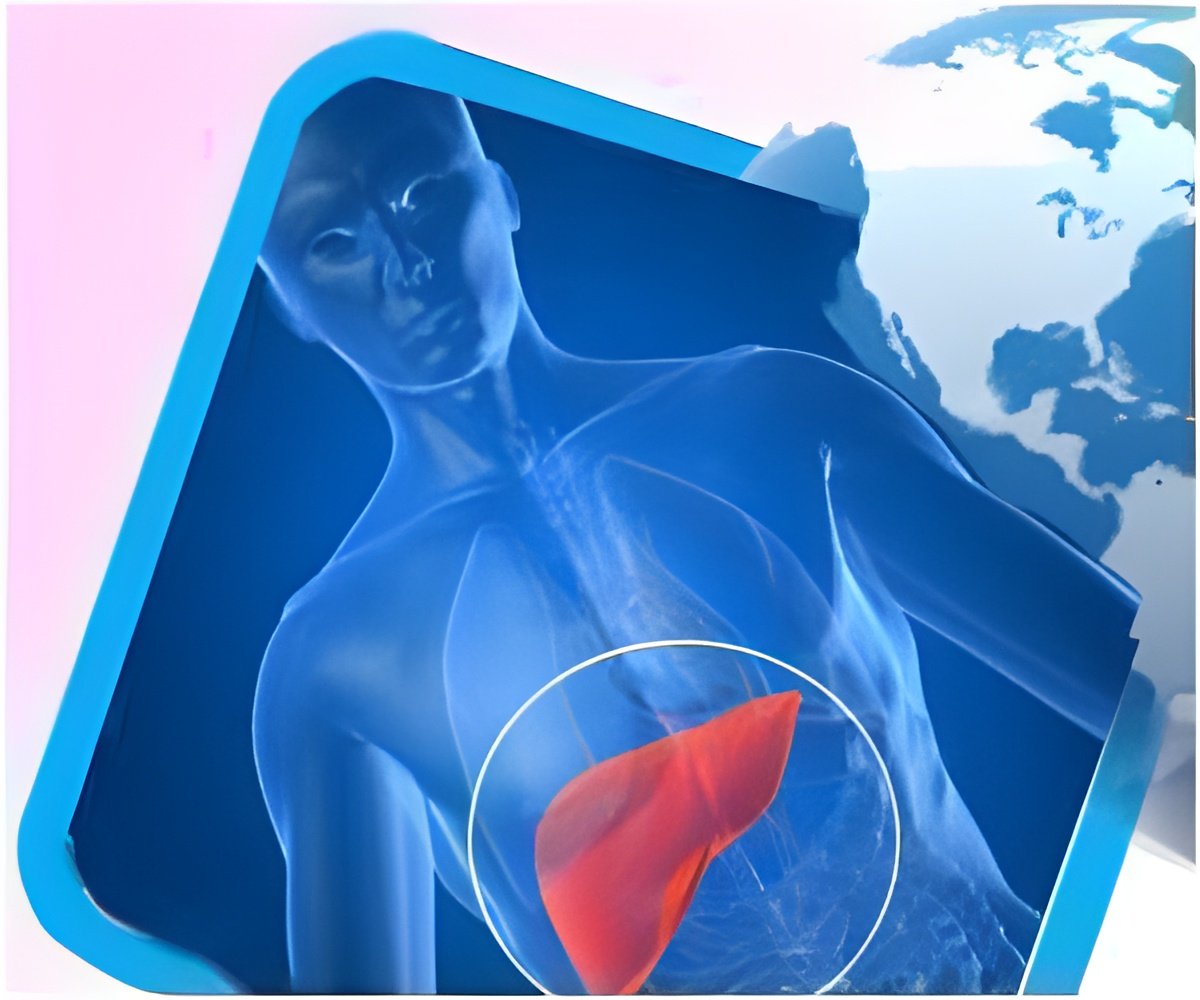
MicroRNAs are involved in regulating the expression of genes in cells, usually by blocking the production of key proteins or by destabilizing the messenger RNAs that encode the cell's proteins as it grows and divides. ormally they act by down regulating gene expression.
The research team found that the binding of a prominent microRNA in liver cells, called miR-122, to the viral RNA results in its stabilization, promoting efficient replication of the virus genome in the liver and supporting the virus' lifecycle.
"The hepatitis C virus has done two very interesting things with miR-122," said Stanley M. Lemon, MD, professor of medicine and microbiology and immunology and a member of UNC Lineberger Comprehensive Cancer Center and the Center for Translational Immunology.
"First, it has evolved a unique relationship with a key regulator, since miR-122 represents about half of all microRNAs present in the liver. Second, the virus has usurped a process that usually downregulates gene expression to upregulate the stability of its RNA and expression of viral proteins needed for its lifecycle.
"It's a classic example of how viruses subvert normally beneficial functions of the cell to their own nefarious purposes," stated Lemon.
Advertisement
Now the UNC research team has shown how it works, which helps to explain how a new experimental antiviral drug target the virus.
Advertisement
Results of the study have been published online this week in the journal Proceedings of the National Academy of Sciences.
Source-ANI














